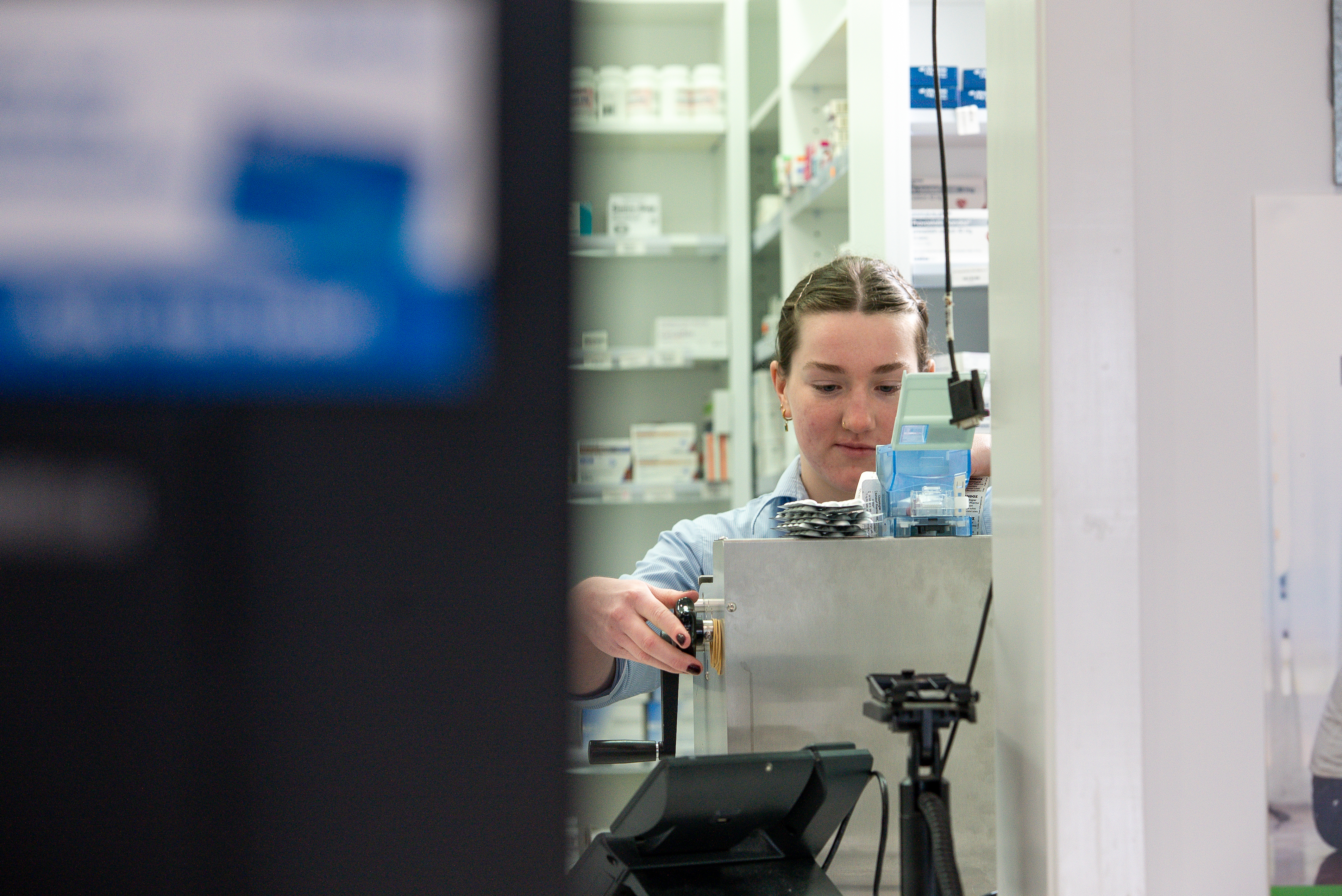These awards were specifically identified in the SDA application due to the high number of junior employees they cover.
Relative to the retail and fast-food industries, community pharmacy employs fewer juniors, however research indicates a significant portion of pharmacy assistants are under 21 years of age.
Junior rates have been part of the Australian industrial relations system since its inception.
They have previously been considered by numerous industrial bodies, including the FWC, to ensure they remain fit for purpose.
Traditional arguments in support of junior rates have considered the lesser economic needs of young employees, as well as their relative lack of desirable skills and experience and the need to encourage their employment so that such skills might be gained.
Employee advocates, including the SDA, have historically and continue to, hold the position that junior rates are unreasonably discriminatory and are not grounded in tangible evidence necessitating their existence.
Notably, junior rates were abolished in New Zealand in 2008, although in 2013 a new ‘Starting Out’ wage was introduced, which pays young people with less than six months continuous experience with an employer 80% of the adult rate.
There has been ongoing discourse in the media as to the success of New Zealand’s abolishment of junior rates, as youth employment rates have remained substantially the same.
However, there has been some evidence of age-based substitution which indicates fewer juniors aged under 16 are being employed.
Currently, the junior rates set out in the PIA apply to all pharmacy assistants classified at levels 1 and 2 who are under 21 years of age.
If the model proposed by the SDA is adopted by the FWC, all junior wage rates in the PIA for employees aged between 18 and 21 would be abolished and the full adult rate would apply.
Additionally, the rate for under 16, 16 and 17-year-old juniors would increase.
No change is proposed for employees classified as pharmacy assistants at level 3 or 4, as they must be paid as adults regardless of their age. The SDA’s application is compared to the current minimum rates in the PIA in Figure 1.
| Age | Current PIA Junior Rates | SDA Proposed Junior Rates | ||||
|---|---|---|---|---|---|---|
| % | PA Level 1 | PA Level 2 | % | PA Level 1 | PA Level 2 | |
| <16 | 45% | $11.54 | $11.80 | 50% | $12.83 | $13.12 |
| 16 | 50% | $12.83 | $13.12 | 50% | $12.83 | $13.12 |
| 17 | 60% | $15.39 | $15.74 | 75% | $19.24 | $19.68 |
| 18 | 70% | $17.96 | $18.37 | 100% | $25.65 | $26.24 |
| 19 | 80% | $20.52 | $20.99 | 100% | $25.65 | $26.24 |
| 20 | 90% | $23.09 | $23.61 | 100% | $25.65 | $26.24 |
The Pharmacy Guild of Australia, along with other employer associations and advocates filed submissions for this matter on July 11, 2025, the matter is scheduled for hearings in late October and early November 2025.
All submissions filed by both employee and employer interest groups can be found on the FWC website.











